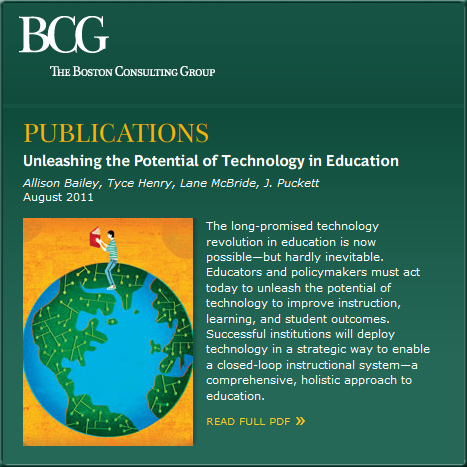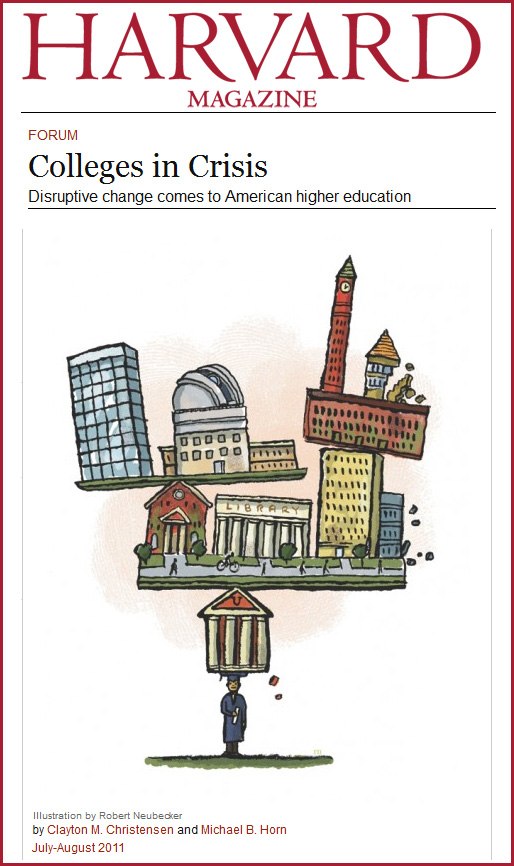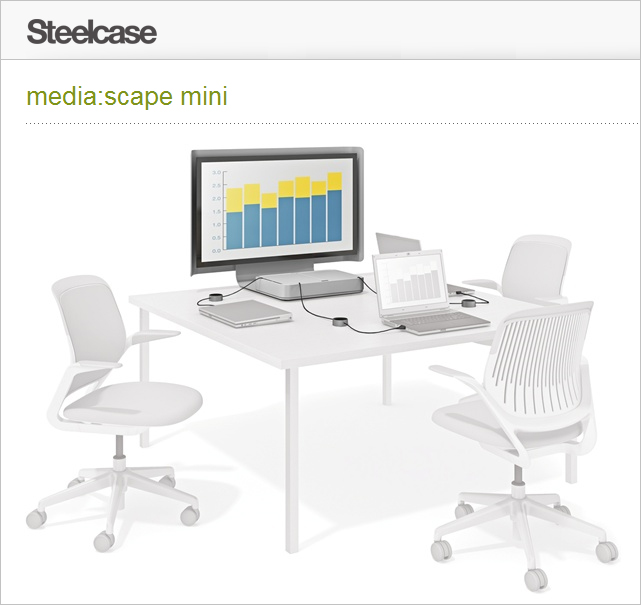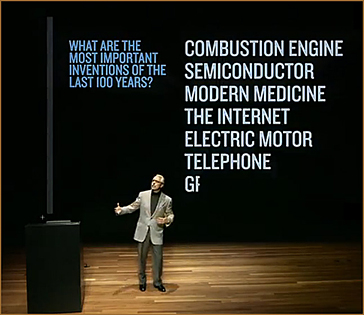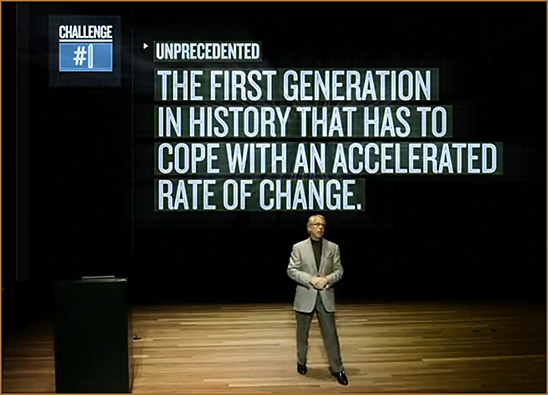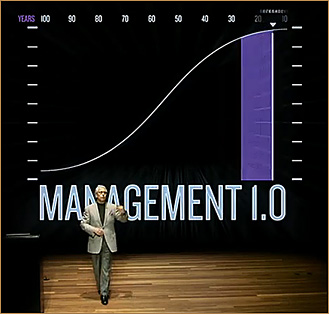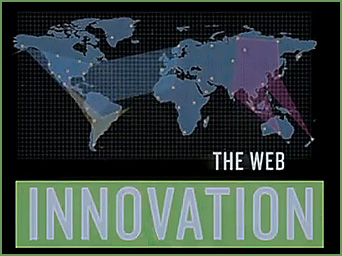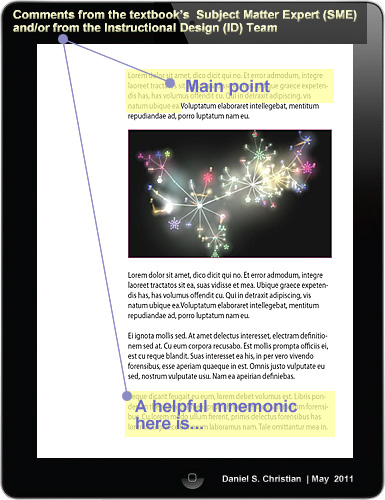Ask Marcus Buckingham anything you want — from Daniel Pink and Marcus Buckingham
Excerpt:
In the last decade, millions of people have come around to the idea that we’re better off building on our strengths instead of constantly trying to fix our weaknesses (emphasis DSC). That change in perspective is due, in no small part, to Marcus Buckingham.
Now you’ll have a chance to ask Marcus anything you want on the next episode of Office Hours — Friday September 16 at 11am EDT.
From DSC:
What resonates with me about Marcus’ message is one of the principles that stuck with me from my economics studies; and that is, everyone benefits when we do what we do best. Again, as I age, I realize how true this is. We all have strengths and weaknesses — but the results from putting our energies into our strengths are far greater (for everyone we interface with) than the results are when we try to make small, incremental (at best) changes to our weaknesses. The Bible also talks about this concept when it talks about parts of a body — that we play different roles…that we have different gifts and abilities but none of us are the whole body in itself.
This same concept relates to why I feel so strongly about the use of teams of specialists in the creation and delivery of content for K-12 education, higher education, and in corporate training-related efforts. No one can do it all anymore.
Graphically speaking for higher education:










